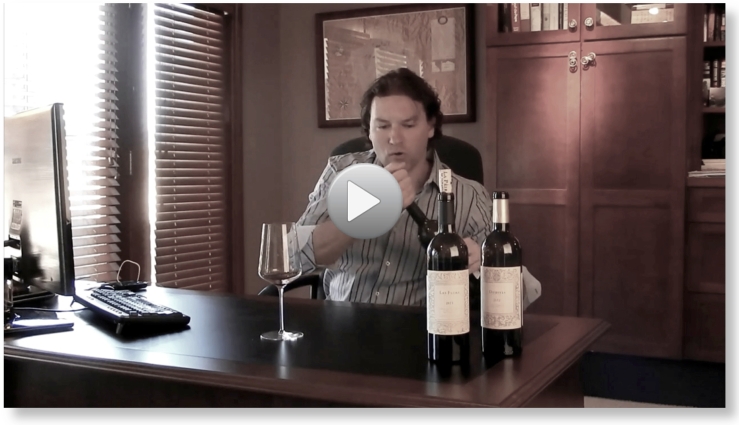In advance of the much-awaited Wine Advocate reviews for the Languedoc-Roussillon, Jeb Dunnuck has recorded a video review for www.erobertparker.com looking at the La Pèira wine from the 2011 vintage (click above for link – subscription required).
The wines tasted:
2012 Deusyls de la Pèira Blanc
2011 Las Flors de la Pèira
2011 La Pèira
Jeb (previously of The Rhone Report) covers the wines of the Rhône Valley (North and South), Southern France, Washington, and Central & Southern California.
He takes over the Rhone Valley, and Central & Southern California from Robert Parker, and Southern France from David Schildknecht (whose past Wine Advocate La Pèira reviews can be found here (2008-2009) and here (2005-2007).
The forthcoming Southern France report features 258 Producers, and 854 wines, along with a Languedoc and Roussillon 101 section with descriptions of the AOCs and top producers from each.
So great for those wanting to familiarise themselves with the wheres and whats of these different growing regions.
Jeb’s past La Pèira reviews (for The Rhone Report) can be seen here.

